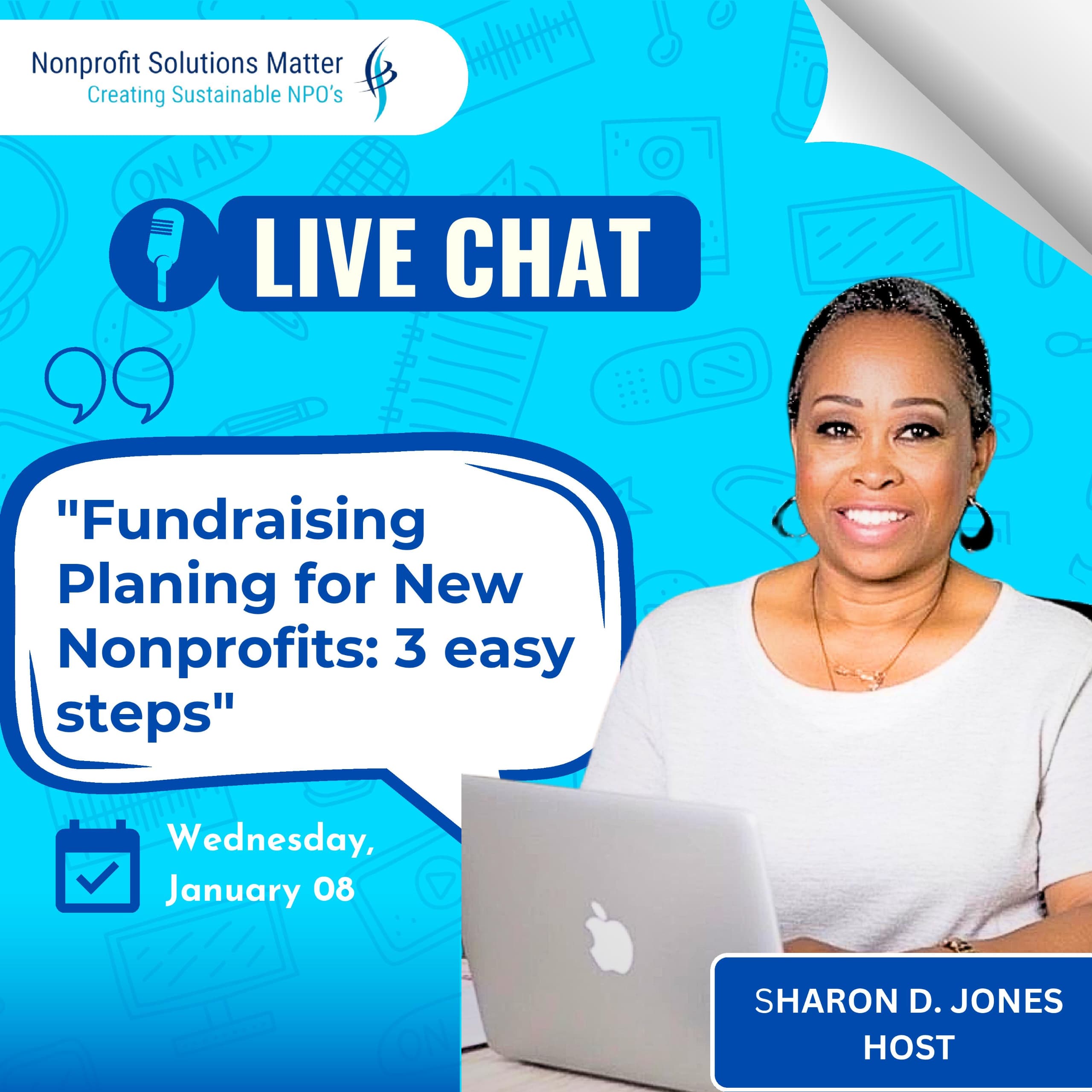How Board Members Can Participate In Fundraising
One common challenge many nonprofits face today is the disengagement of their board members, particularly when it comes to raising funds.
Many board members attend meetings but fail to contribute meaningfully to the organization's fundraising efforts. They may not understand how to support fundraising or how to leverage their networks effectively.
So, how can you, as a founder, board president, or CEO, ensure that your board members are engaged and actively supporting the organization's fundraising initiatives?
Here are seven key steps to help you achieve board member participation in fundraising:
1. Implement 100% Board Giving:
A critical step in ensuring board member participation in fundraising is to establish a culture of 100% board giving. This means that every board member contributes financially to the organization, according to their means. This practice should be introduced during the onboarding process when recruiting new board members, setting the expectation from the start. While the amount given isn't the focus, the act of giving is crucial because it signifies a personal investment in the organization. If board members are willing to give their own money, they are more likely to encourage others to do the same.
2. Engage Board Members in Fundraising Committees:
Form fundraising committees within the board that focus on specific fundraising goals or initiatives. Involve board members in these committees to give them a clear role in fundraising efforts. While they may not be involved in day-to-day fundraising activities, they can contribute by attending meetings, negotiating on behalf of the organization, and making key asks during critical moments. Their involvement in these committees is essential for driving fundraising success.
3. Leverage Board Members' Networks:
Board members often have valuable connections, such as family members, friends, or colleagues who could potentially support the organization. Encourage them to open doors to these networks by making introductions, following up on potential donations, or even setting targets for how much funding they can bring in from their contacts each year. This step is about guiding board members to use their influence and connections to benefit the organization.
4. Support in Negotiating Deals and Making Asks:
Board members can play a significant role in negotiating deals and making direct asks on behalf of the organization. Unlike staff members, who may lack the authority or full understanding of the board's strategic vision, board members are well-positioned to negotiate and secure commitments that align with the organization's goals. Their involvement at this level can greatly enhance the effectiveness of fundraising efforts.
5. Participate in Hiring Fundraisers and Key Staff:
It's the board's responsibility to hire essential staff, such as the CEO, who will lead the organization's fundraising efforts. The CEO, in turn, hires development executives and fundraisers to manage day-to-day fundraising activities. While board members may not be involved in daily fundraising tasks, they play a crucial role in selecting and supporting the staff who will drive these efforts. Their support is vital in achieving the organization’s fundraising objectives.
6. Build Fundraising Systems and Processes:
The board should ensure that there are effective fundraising systems and processes in place. Whether it's grant writing, corporate partnerships, or major donations, these processes need to be well-established and running smoothly to ensure a consistent flow of funds. The board is responsible for overseeing these systems and making sure they are functioning effectively to support the organization's financial stability.
7. Act as Advocates for the Organization:
Board members should actively advocate for the organization in both their personal and professional spheres. This includes sharing the organization's mission and successes on social media, discussing it within their professional networks, and being recognized publicly as board members. By sharing how they contribute to the organization’s success and supporting its vision, board members can inspire others to contribute as well. Advocacy is a powerful tool that can lead to increased visibility and fundraising success.
By implementing these steps, you can ensure that your board members are actively supporting your organization's fundraising efforts.
As a founder, board president, or CEO, it's crucial to engage your board members fully in these processes to help your organization achieve its goals.























































